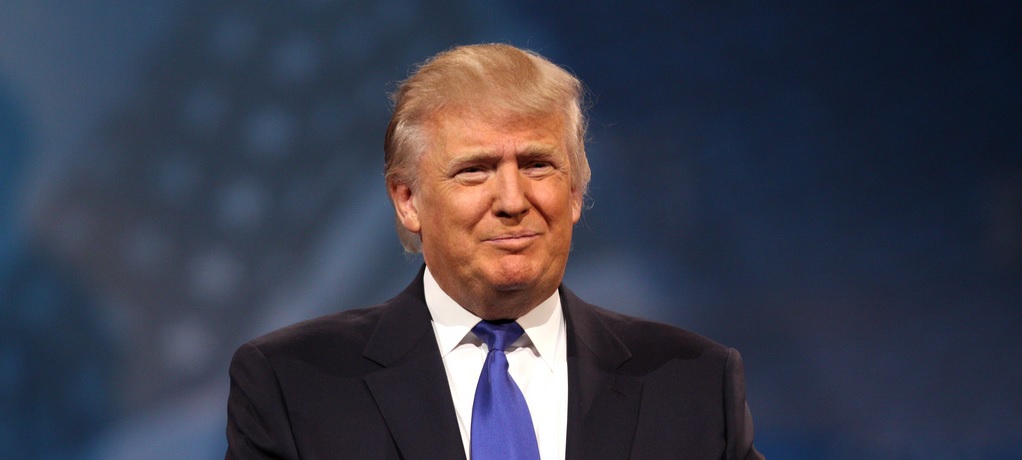U.S.: Trump proposes slashing USDA funding

The United States Department of Agriculture (USDA) is facing some of the most significant cuts of all the country's federal agencies, with President Donald Trump proposing a 21% reduction in discretionary spending. 
According to a White House document, the 2018 Budget requests US$17.9 billion for the organization, marking a US$4.7 billion year-on-year decrease.
Specific USDA areas targeted for cuts include its statistical capabilities and staffing at its county-level service centers.
In addition, the McGovern-Dole International Food for Education program stands to be eliminated. The program "helps support education, child development and food security in low-income, food-deficit countries around the globe," according to the USDA website, but the White House said the program "lacks evidence that it is being effectively implemented to reduce food insecurity."
The plans for spending at the USDA were released as part of Trump’s budget blueprint, a broad outline of spending proposals for the fiscal year ahead.
The budget must be passed by Congress before it can take effect.
Other U.S. federal agencies facing significant funding cuts are the Environmental Protection Agency (EPA), which is due for a 31% reduction in funding, and the Labor Department, which has been allocated 21% less than last year in the proposal.
The blueprint does not cover "mandatory" USDA spending established by law, like farm subsidies, but only addresses "discretionary" programs where lawmakers can adjust spending from year to year
The budget plan calls for US$6.2 billion in funding for the Special Supplemental Nutrition Program for Women, Infants and Children (WIC), and also "continues to support farmer-focused research and extension partnerships at land grant universities", providing around US$350 million for the USDA's "flagship competitive research program."
Under the proposals, the "duplicative" Water and Wastewater loan and grant program would also be eliminated, with a saving of US$498 million from the 2017 fiscal year.












































